How to get rid of carpenter bees: identification methods and natural ways to deter them
If you need to know how to get rid of carpenter bees, professional pest controllers say it's key to identify them properly, remove them humanely, and to try natural ways of deterring them from your propety above all else
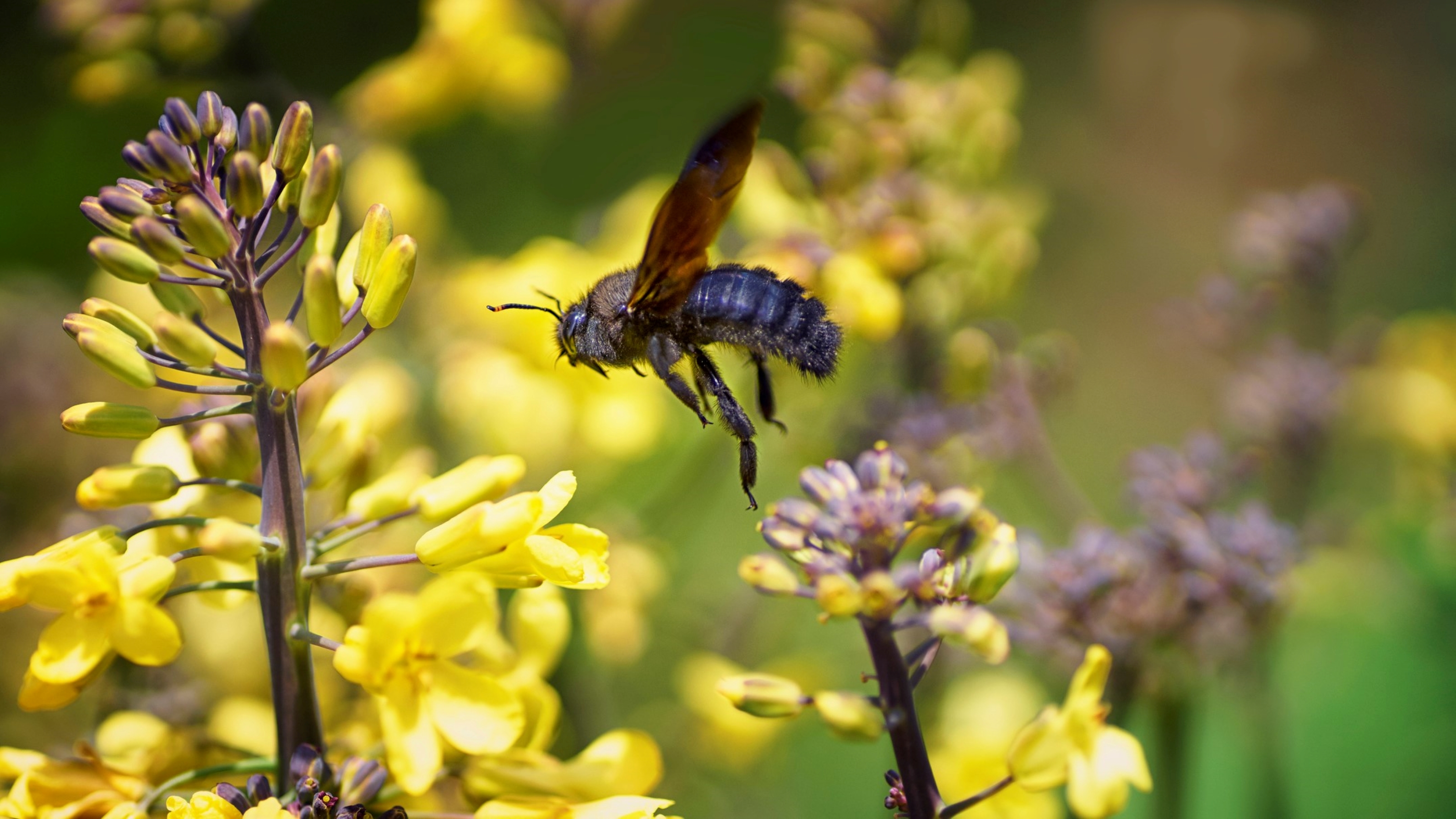
Carpenter bees, unlike honey bees or bumblebees, can be destructive in your home and yard, burrowing deep into fascia, siding, decking, and any other wooden structures. So it's no wonder that knowing how to get rid of carpenter bees is on your mind, as they can quickly become a problem and once a female carpenter bee has begun the burrowing behavior, she builds a network of long tunnels, gradually destroying the wood...
With carpenter bees, it's very important to identify these bugs in your home correctly. You don't want to accidentally harm a honeybee or another key pollinator species. We've asked a professional pest controller to help us learn to identify carpenter bees and give his top tips for getting rid of them effectively.
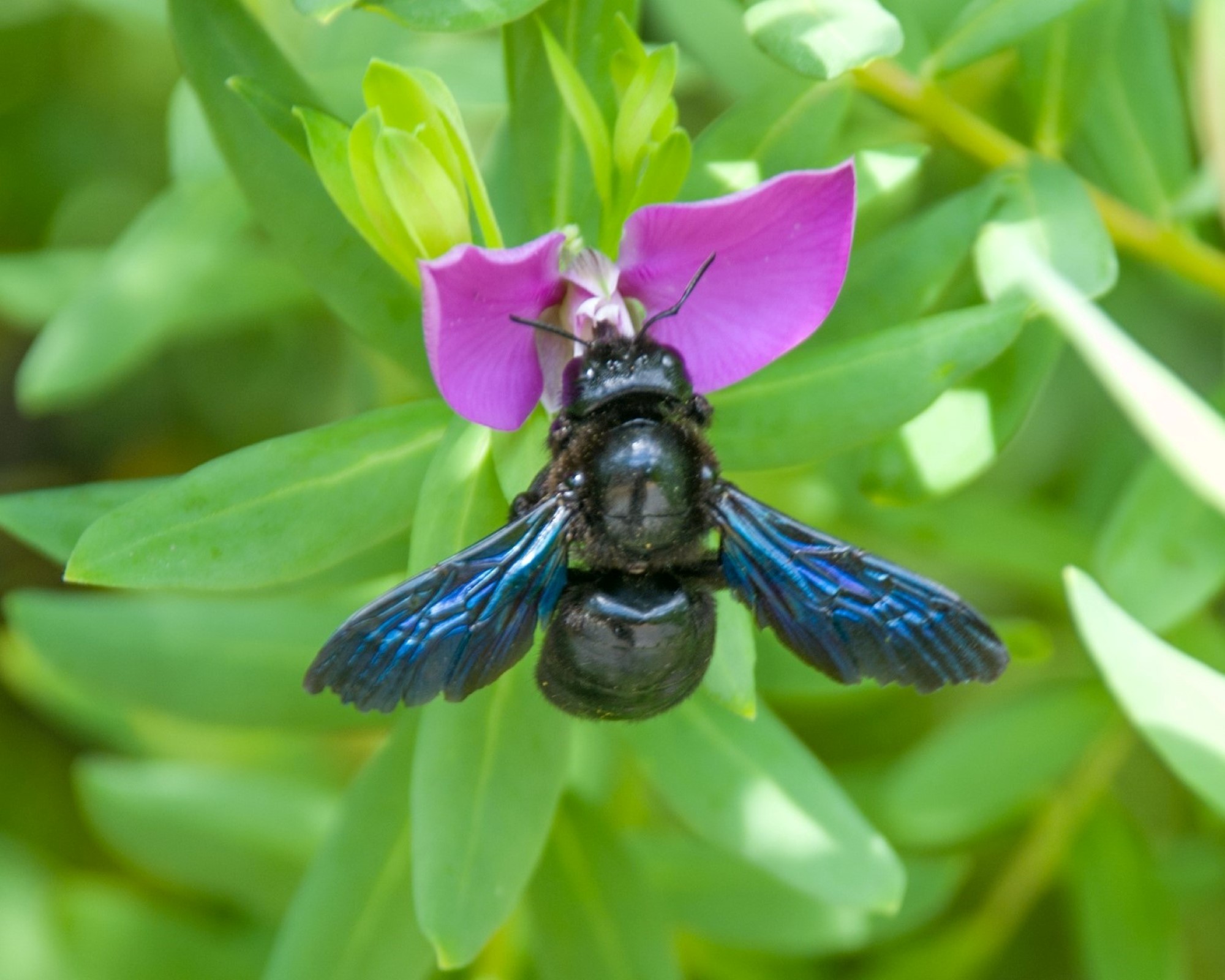
How to identify carpenter bees
First, you need to make sure that you are dealing with carpenter bees and not another type of bees' nest. John Melchior Owner of Kapture Pest Control in Old Tappan, NJ, recommends looking for the following tell-tale signs that it is carpenter bees that are causing wood damage on your property:
- Size: carpenter bees are 'fairly large, as far as insects go, and normally measure between a half-inch and an inch.'
- Sectioned bodies: 'Their bodies are more articulated than, say, a bumblebee, who’s quite roly-poly. You can see each section of a carpenter bee’s body.'
- Hairless and shiny body: 'A bumblebee, on the other hand, has a furry, yellow belly.
- Coloring: Eastern carpenter bees are 'mostly black with yellow on their backs. In other parts of the US, the heads, legs and undersides of carpenter bees can be other colors as well, usually greenish or purple, as well as black.'
- Nesting behavior: 'carpenter bees bore holes into soft woods such as pine, fir and cedar. So, if you notice a solitary bee (carpenter bees aren’t social like bumbles and honeys; they don’t build colonies) flying in and out of a perfectly round hole in your home’s siding, fascia or soffit it’s probably a carpenter.'
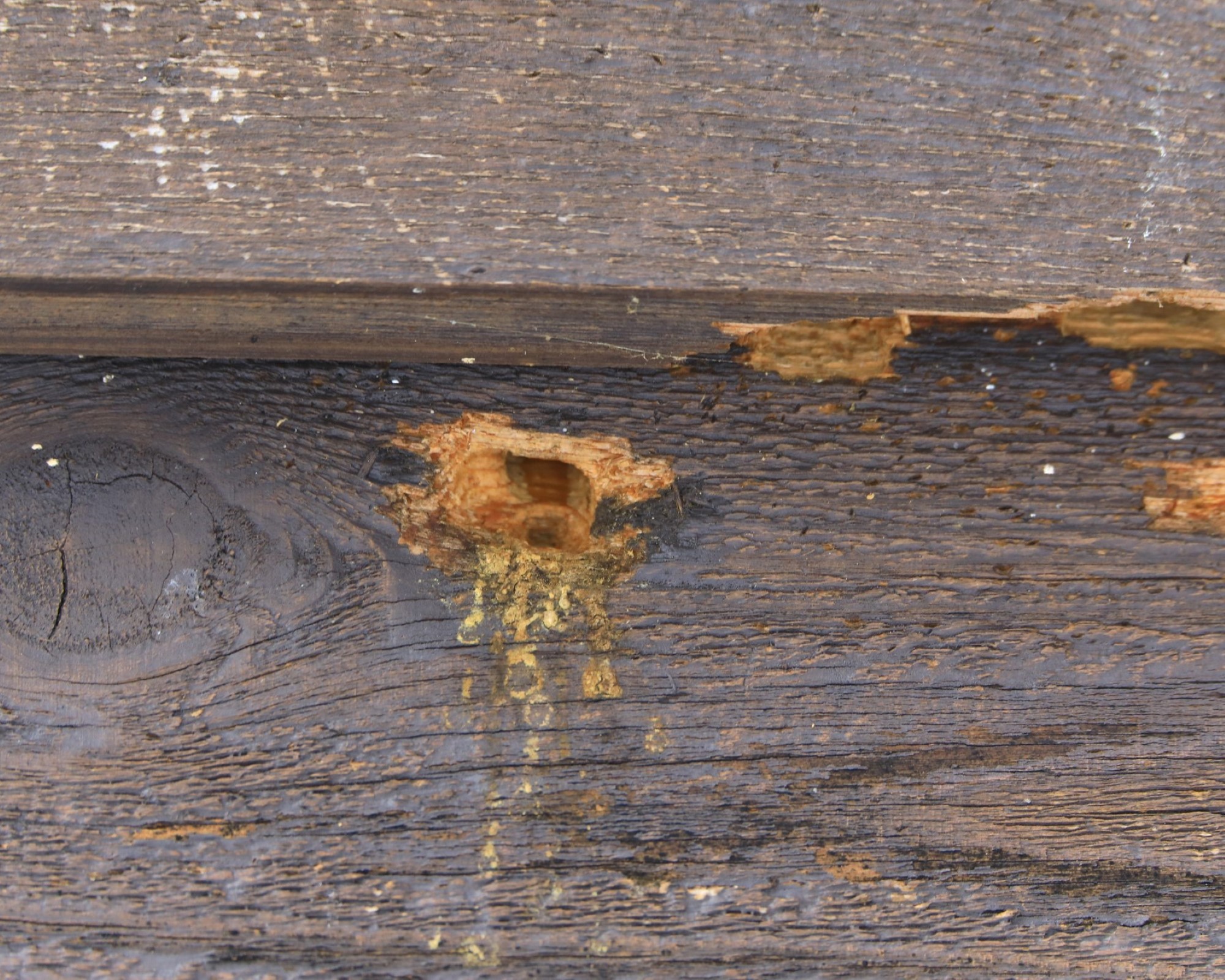
How to get rid of carpenter bees
Now we know what carpenter bees look like and how they behave, let's examine the most effective to get rid of them. Melchior recommends the following steps.
1. Focus on prevention if at all possible
'Even though I get paid to eliminate pests, I counsel folks to focus on prevention', says Melchior. 'If your home has exposed wood, or there are wooden structures such as picnic tables, sheds, and the like - especially if they are near the garden - it’s smart to make sure the wood is treated and sealed.
'Caulking nail holes and other breaks in the wood is also a good idea. Once the surface of the wood is breached, the bees have an easier time getting in, not to mention the additional damage caused by moisture getting into the wood.'
2. Attract birds to your yard
Creating a wildlife garden is a very good idea if you are being plagued by carpenter bees. Melchior advises that woodpeckers in particular 'think carpenter bee larvae are the tastiest snack around, so those little holes created by the bees can become quarter-sized or larger holes after the birds have pecked their way into the tunnels to eat them.'
You can start by getting a woodpecker-friendly bird feeder from Amazon.
3. Consider trying to repair the damage instead
Of course, if you have a serious infestation, you may need to call in pest control, but Melchior says that 'not every carpenter bee situation warrants killing the bees. They might not be the busiest pollinators on the block, but with the falling numbers in bee colonies everywhere, it’s a good idea to let these bees be, if possible.'
Often, the damage from carpenter bees will be small, so if you notice a single hole in a shingle or piece of wood, 'especially if it’s perfectly round and stained with a sticky yellow residue below the hole, consider removing and replacing the damaged piece of wood.
What not everyone knows is that it takes 'several years for one carpenter bee tunnel to grow to a length that can create true structural damage.' For that reason, a regular routine of maintenance and quick action if a tunnel is discovered 'should be enough to protect your home and let the carpenter bees do the good things that bees do.'
4. Avoid cedar
Finally, a word on using cedar wood. 'It’s a popular choice for home shingles and for building decks and porches. Many people believe it will repel insects since it’s normally used in closets and chests to keep clothing or fabrics safe from moths. However, the odorous oils in cedar neither repel nor harm carpenter bees. They love it! So, if you use cedar make sure you paint or stain it. A lot of people like the weathered look of untreated cedar, but that’s just inviting trouble.'
What do carpenter bees dislike?
So, what do carpenter bees dislike and what will repel them? Fortunately, there are a couple of perfectly natural deterrents for these sometimes bothersome bees. The two remedies you should try are:
- Peppermint: 'Carpenter bees, like many four- and six-legged pests, hate the smell of peppermint. Try putting pots of peppermint (don’t just plant the herb in your garden; it will run rampant!) on your deck. The scent just might just be enough to keep carpenter bees moving to a new location.'
- Citrus: 'A squirt of citrus oil into their tunnel could keep the bees from laying their eggs there. Rubbing citrus oil on wood will discourage tunneling.'
- A wind chime: 'carpenter bees, like people, like a quiet place to lay their heads. They don’t like noise very much, so a wind chime could just keep them away. It’s worth a try, right?' Plus, this is a great one for better garden Feng Shui.
How long will carpenter bees stay on my property?
The good news is that typically, carpenter bees will not stay around very long. Melanie Rose, a Trained Pest Specialist at Nationwide Pest Control, tells us that carpenter bees 'typically stay around for about two weeks, but if they stay longer, they may become a problem.' If none of the measures outlined above have worked and you have a lot of wood damage, you may need to call in a professional pest controller.
Join our newsletter
Get small space home decor ideas, celeb inspiration, DIY tips and more, straight to your inbox!
Anna is a professional writer with many years of experience. She has a passion for contemporary home decor and gardening. She covers a range of topics, from practical advice to interior and garden design.
-
 How to repel ticks in your backyard — 5 methods to stop these pesky pests invading your space
How to repel ticks in your backyard — 5 methods to stop these pesky pests invading your spaceWant to know how to repel ticks in your backyard? We've asked landscaping experts for their top tips, plus curated highly-rated picks to help you get rid
By Eve Smallman
-
 Experts reveal the 7 pest control mistakes that are making your infestation worse and how best to avoid them in your home
Experts reveal the 7 pest control mistakes that are making your infestation worse and how best to avoid them in your homeExperts reveal the pest control mistakes worsening or prolonging your home bug infestation, how best to avoid them when eradicating bugs from your home
By Punteha van Terheyden
-
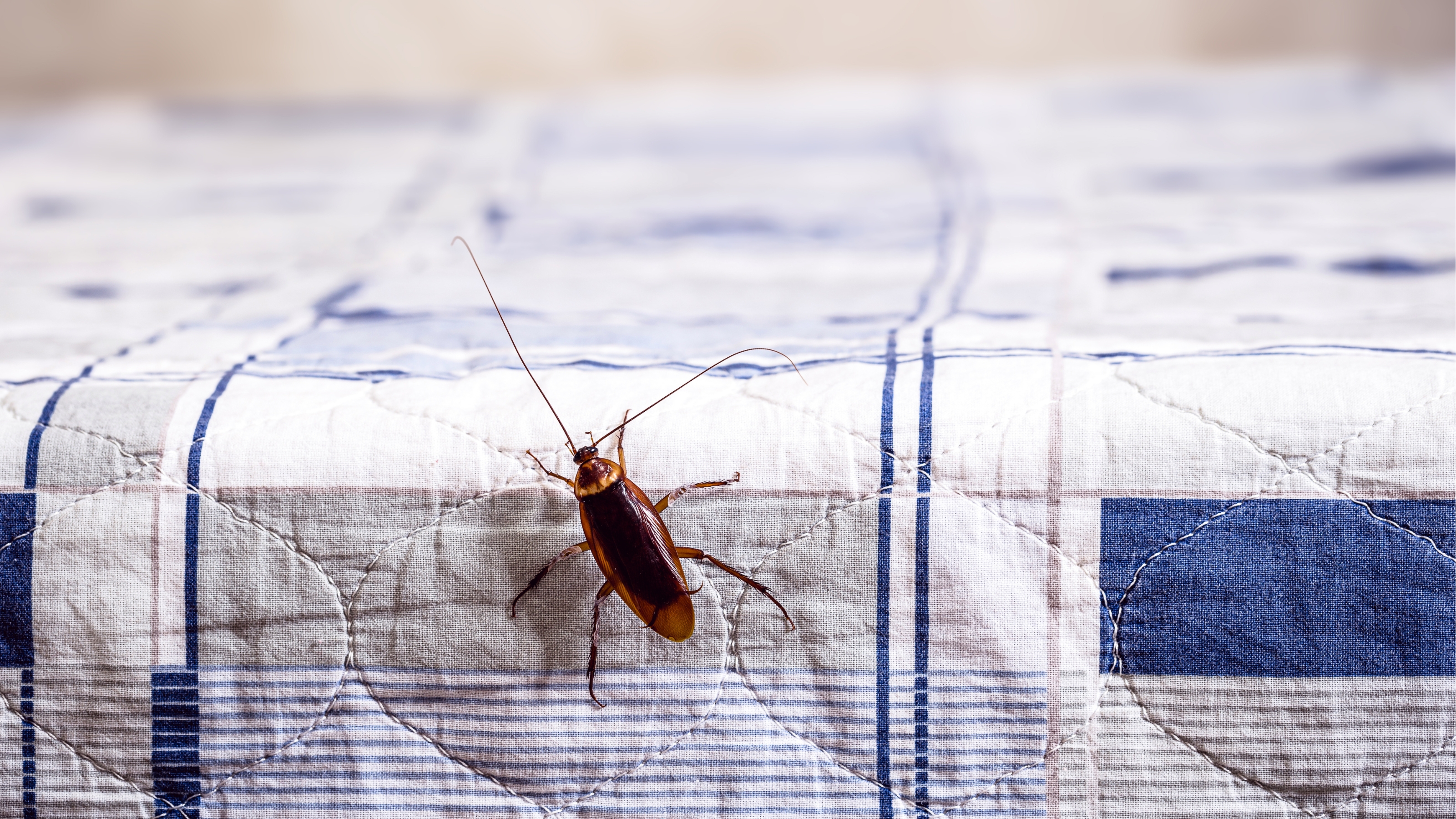 The three household cockroach facts you can harness for better pest control
The three household cockroach facts you can harness for better pest controlExperts reveal three cockroach facts you can use to bolster your battle to banish these pesky bugs from your home
By Punteha van Terheyden
-
 How to get rid of cockroaches in the kitchen — swot up on roach behaviour to banish them permanently, say experts
How to get rid of cockroaches in the kitchen — swot up on roach behaviour to banish them permanently, say expertsPro tips on how to get rid of cockroaches in the kitchen, including why they come in, understanding roach behaviour, and steps to banish them for good
By Punteha van Terheyden
-
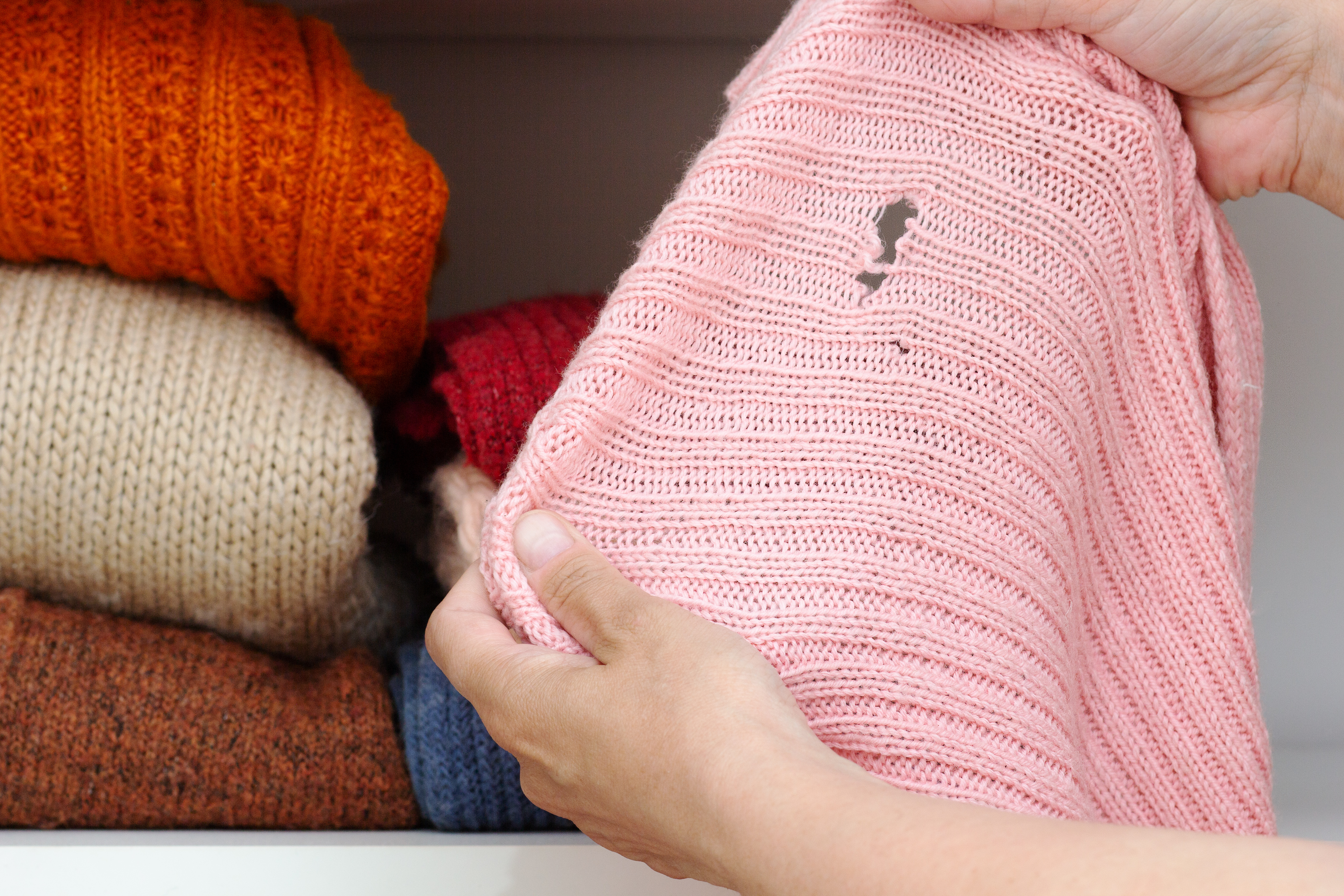 Learn how to identify bugs in your home and spot infestations of the 15 most common critters
Learn how to identify bugs in your home and spot infestations of the 15 most common crittersExperts reveal how to identify bugs in your home, and spot signs of an infestation including gnats, mealybugs, moths, bedbugs, termites, cockroaches and more
By Punteha van Terheyden
-
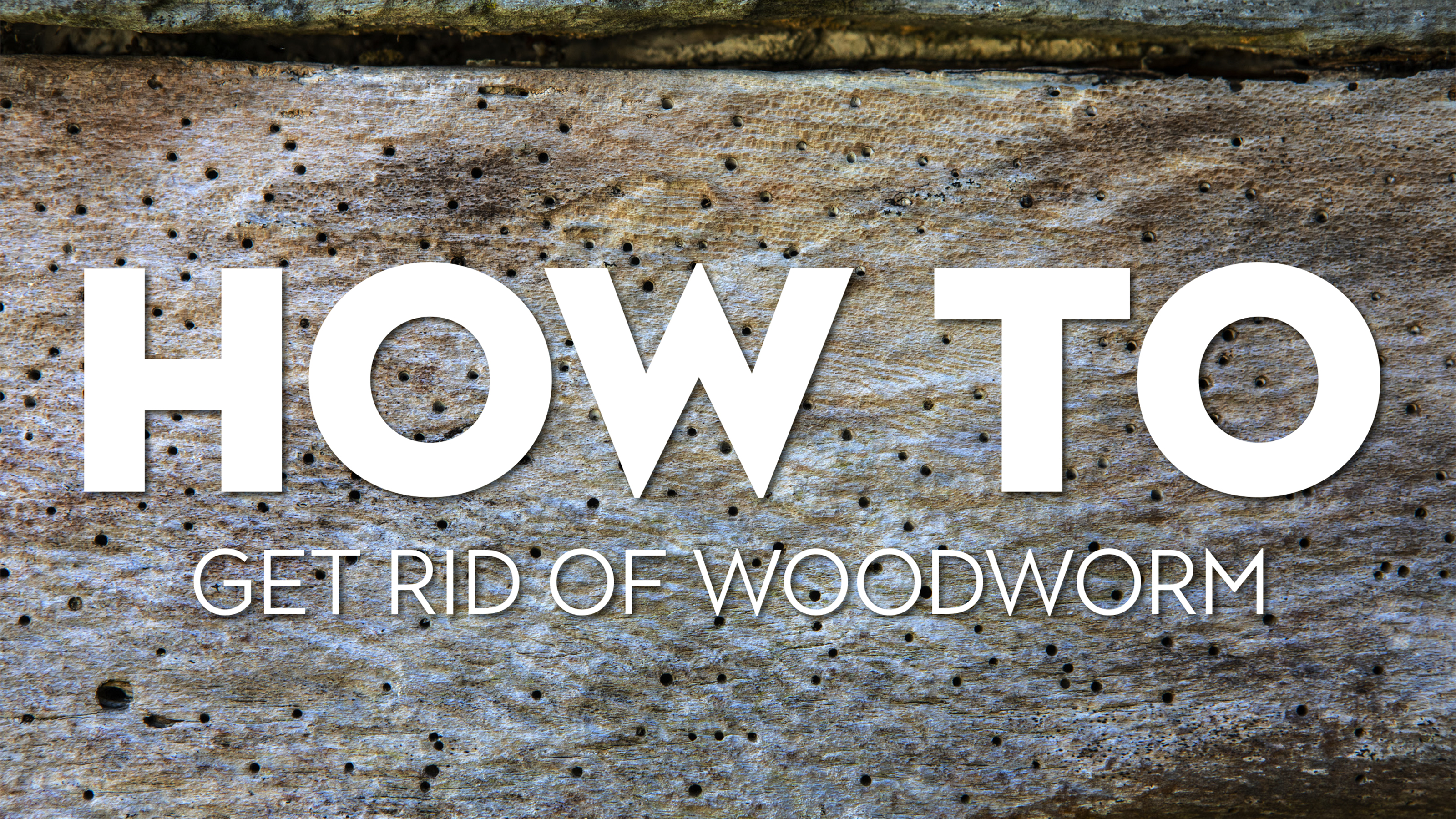 How to get rid of woodworm, and identify an infestation
How to get rid of woodworm, and identify an infestationFind out how to get rid of woodworm – and fast, before it spreads and ruins your hardwood flooring and furniture
By Lucy Searle
-
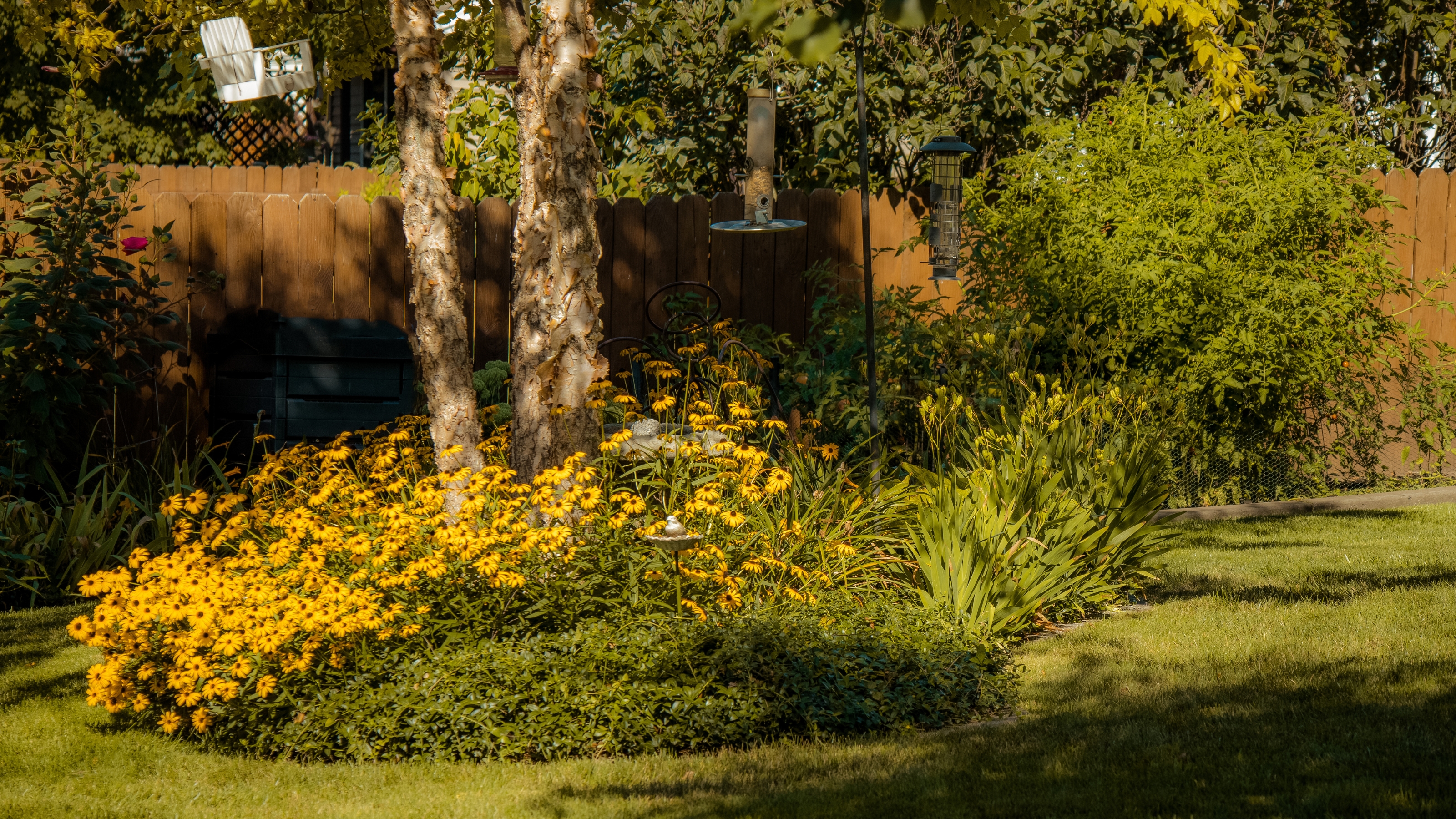 How to get rid of flying ants, indoors and out
How to get rid of flying ants, indoors and outDiscover how to get rid of flying ants using DIY methods with items you already have at home
By Punteha van Terheyden
-
 Where to buy diatomaceous earth (and what to use it for)
Where to buy diatomaceous earth (and what to use it for)Perfect for pest control and household cleaning, find where to buy this handy product in bulk
By Lindsey Davis